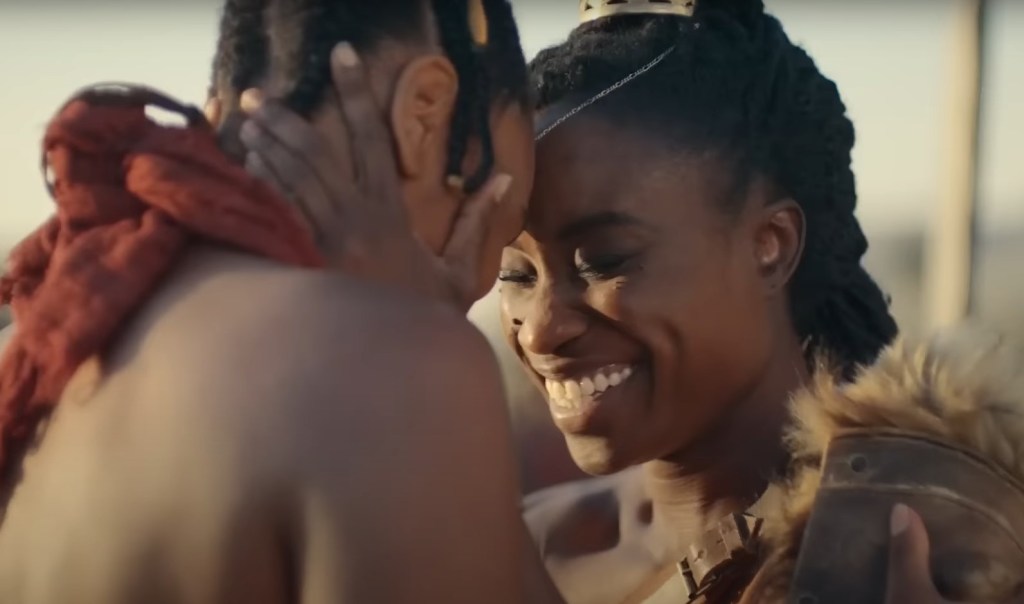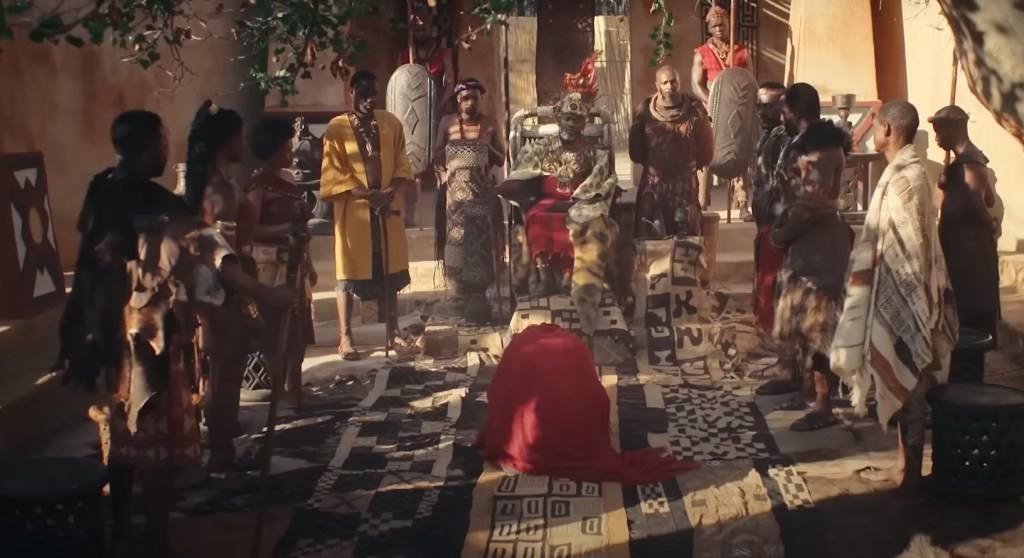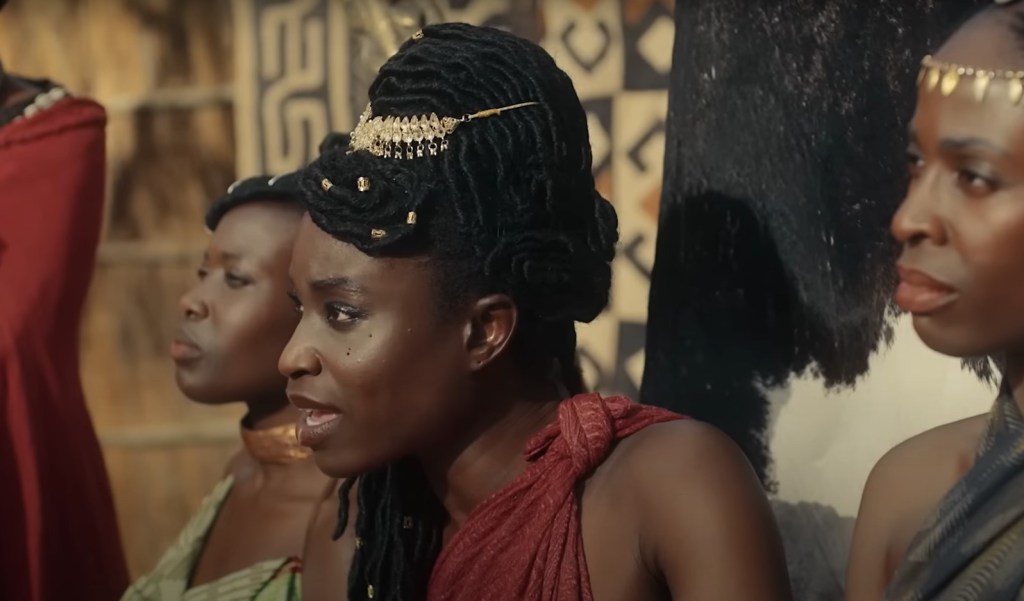Netflix’s ‘African Queens’ is a historical show that primarily focuses on the lives of some of the most accomplished female monarchs from the African continent. The show’s first season focuses on Queen Njinga, the ruler of Ndongo, and her fight against Portuguese powers active in West-Central Africa. The struggle between the two parties is not just limited to battlefields, given the prominent role that diplomacy and religion played in this conflict.
Narrated by Jada Pinkett Smith, the show celebrates Africa’s most beloved female figures. However, given the series’ emphasis on history, viewers have been curious about how much of the show is authentic. Is every aspect of the show as truthful as it seems, or are there different facts to be considered? Luckily, we are here to explore the same and give you the necessary answers!
African Queens: History Meets Fiction
‘African Queens’ is partially based on a true story. The show’s first iteration tells the story of Queen Njinga, AKA Queen Nzinga Ana de Sousa Mbande. The events showcased are set in the early 17th century as the people of the Ndongo kingdom fought against the Portuguese enrichment of their land and the expanding slave trade that threatened to lead the region’s population to extinction. This particular chapter of history may not be as well-known as others but it certainly created an impact that can be felt to this day.

Most of the events depicted in the Netflix show follow a factually verifiable chronology. As Queen Njinga’s story unfolds in the series, the viewers are told about the years in which events like the first Ndongo-Portuguese peace talks took place. Most of the known dates regarding such crucial events are connected to the African royalty’s dealings with their European rivals, who kept track of the same. However, when it comes to the finer details of the life of Queen Njinga, there are many events that one cannot easily comment upon.
For example, the death of King Mbande remains a topic of speculation among historians up to this day. While it is known that he was struggling with depression during the end of his reign, the sudden death of Queen Njinga’s brother is not something that can easily be solved. The Netflix show itself provides a dramatized version of events where Mbande took his own life through poison. Albeit, it is accompanied by voiceovers from experts who state that it is not an established fact and that Njinga herself may have poisoned her brother.
Given that the documentary series showcases a dramatized version of events in West-Central Africa, many of the dialogues that fans of the show have come to enjoy are not exactly true to life. With NneNne Iwuji and Peres Owino wielding their pens, the conversations between the historical figures are captivating but ultimately a work of imagination. Creative liberty is such a scenario that provides a particular view of the events that is more dramatic than what might have happened in real life.

There are also specific details of Queen Njinga’s real-life story that have not been mentioned in the show. For example, while she was indeed the daughter of the King of Ndongo, her mother, Kengela ka Nkombe, was actually a concubine of the region’s ruler. This meant that the princess was not considered a possible heir to the throne since she was not the daughter of the king’s wife. This particular fact was often used against Njinga by her dissenters to state that she was not meant to be Queen, though she would apparently emphasize her paternal royal lineage to bolster her claim.
Not just that, there are many facts regarding the life of Queen Njinga that are not depicted in the show. This includes the details of some of the most crucial battles between the Ndongo and the Portuguese during her reign. The series focuses more on the emotional and personal aspects of Njinga’s life than the battlefield details. Additionally, the show has not addressed several speculations about the monarch’s life.
For instance, many reports suggest that King Mbande did not stop at killing Njinga’s young son after his ascension to the throne but also tried to sterilize his sisters forcefully. It is believed that he wanted the procedure to be particularly successful for Njinga as she and Mbande had a long-standing rivalry from a young age. Whether or not such an event took place has not been confirmed as of yet. We do know that Queen Kambu, Njinga’s sister and heir, did have a son named Francisco I Guterres Ngola Kanini. However, the fact that Queen Njinga’s never had a child in the later years of her life has kept this theory alive.

In other words, the Netflix series does seem to be broadly accurate when it comes to real-life history. Nevertheless, like many recollections from the past, the finer details of such events are far from easily verifiable, and the showrunners have taken it upon themselves to portray their version of the story. Despite the creative license, it does feature reputable historical experts from institutes like Yale University and the University of Chicago, who seem happy to share the story of Njinga. Moreover, when the show deals with disputable historical facts, it often provides alternative theories through voiceovers or other mediums.
Read More: Did Queen Njinga Have a Kid? What Happened to Him?


You must be logged in to post a comment.